The government has pledged her commitment to finance rehabilitation and protection of the Enapuyapui Wetland in Kaptunga forest within the Mau Complex, Principal Secretary in the State Department for Regional and Northern Corridor Development Dr. Margaret Mwakima has said.
Dr Mwakima revealed the government intents to fence off the 161 hectares of swampy area during the commissioning of Enapuyapui Protection Project undertaken by the State Department through Ewaso Ngiro South Development Authority (ENSDA) at Kaptunga forest within the Mau Complex.
“Enapuyapui wetland ecosystem in the Mau forest has been overrun by threats such as illegal logging, uncontrolled livestock grazing, charcoal burning and agricultural activities,” Mwakima observed.
She added that de-forestation has degraded the land and during rain seasons, flash floods occur whose worst effects are felt in Narok Town and its environs. Enapuyapui Swamp is in the heart of Kaptunga Forest block in the eastern part of the Mau Complex.
“The importance of this swamp cannot be gainsaid; Enapuyapui swamp serves as an elephant corridor and rivers originating from the swamp feed into Lake Victoria, Lake Baringo, Lake Nakuru and Lake Natron,” said Dr.Mwakima.
“The Mau Forest is the country’s largest remaining indigenous forest, the largest among the five water towers and the largest closed-canopy forest ecosystem. The complex forms part of the upper water catchment area, and is the catchment source for Lake Victoria and the White Nile. Notably 16 African countries rely on the waters originating from the Mau complex ecosystem which translates to 160 million people depending on this wetland,” Mwakima reiterated.
She therefore noted that conservation of this wetland contributes to improved livelihoods of communities in the upstream and downstream who depend on various rivers that originate from the swamp.
The Mara River starts in the Enapuyapui swamp in the eastern Mau forest block and runs through Kenya and across the Tanzanian border into Lake Victoria.
The Mara River is home to one of the great natural wonders of the world “the seventh wonders of the world-the wildebeest migration”. These migrations have attracted thousands of tourists every year across the world.
Enapuyapui is also the source of the Molo River, which flows into Lake Baringo and River Njoro, which flow into Lake Nakuru. The Mau Forest Complex spreads across five counties, namely Nakuru, Kericho, Baringo, Narok and Bomet.
The Ministry of East African Community and Regional Development through ENSDA has initiated conservation and restoration program that focuses on rehabilitating Enapuyapui wetland through integrated approaches in partnership with other stakeholders such as Kenya Forest Service (KFS), Community Forest Association (CFA) and the general community around Kaptunga forest.
Already 6.5km around the swamp has been fenced off by the ministry which has committed to finance fencing of the remaining areas of the 161 hectares swamp. This has enhanced protection from encroachment by communities and livestock for grazing leading to rejuvenation of the springs within the wetland which are the sources of major rives.
ENSDA has planted 7,000 bamboo trees, established community and livestock watering points through cattle troughs, a water reservoir and community watering points to prevent encroachment into the swamp and facilitated bee-keeping to support the community economic empowerment.
As a sustainable measure from inception of the rehabilitation and protection, the State Department has directly involved in a participatory approach of multi-stakeholders partnership CFAs, KFS, county governments and the Ogiek and Masai communities in implementation of this initiative within Mau complex ecosystem.
.


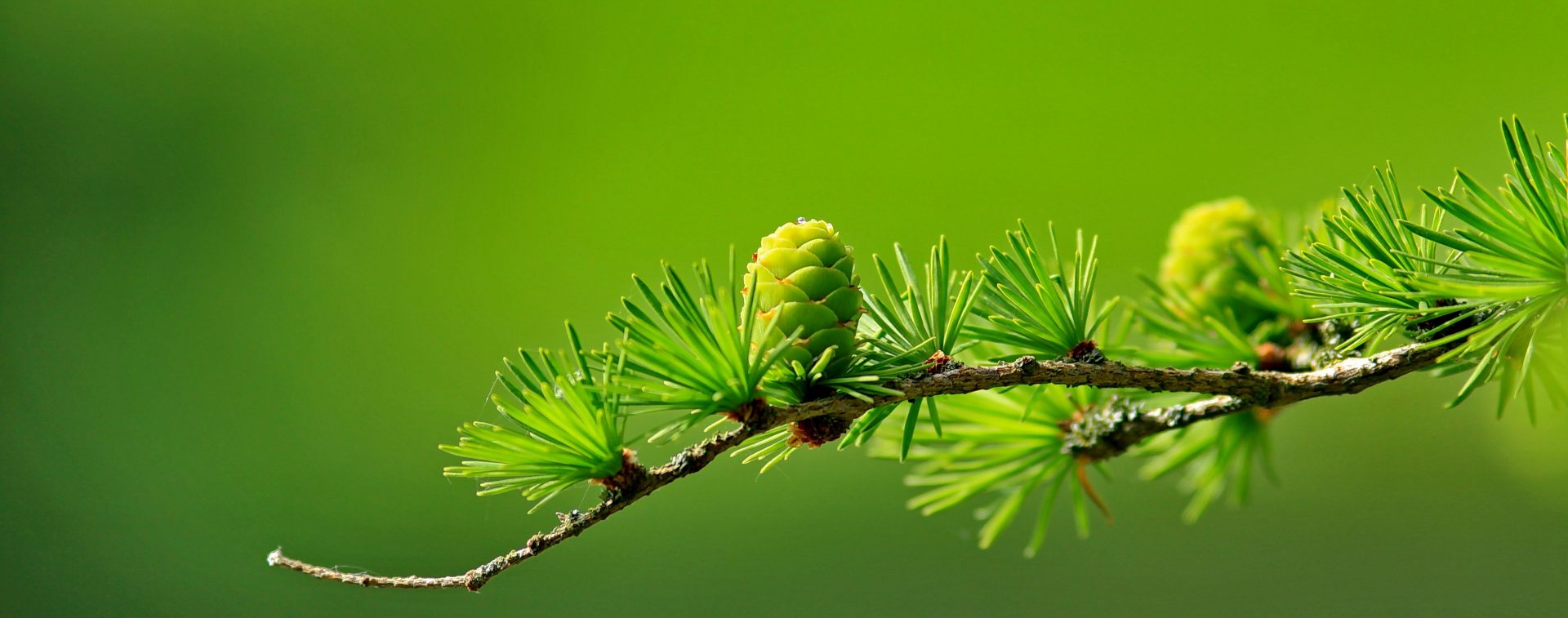
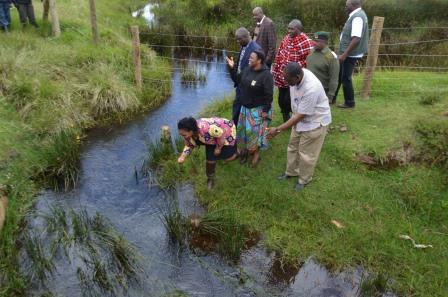

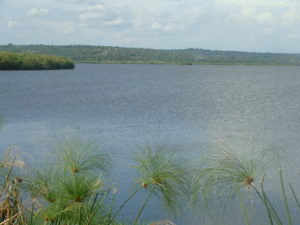
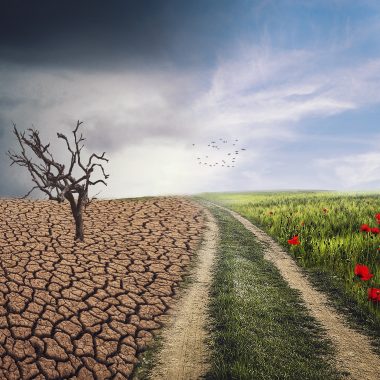
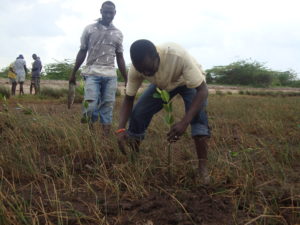
720p 5 years ago
This article will assist the internet users for setting up new webpage or even a weblog from start to end.| Vikki Nikolaos Duarte